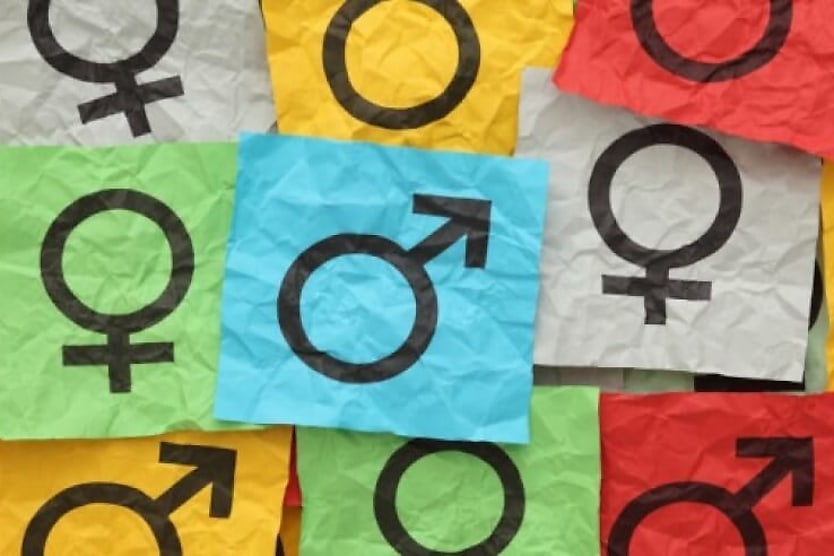Policies only half the answer for workplace gender equality
SHARE THIS ARTICLE

As policies based around gender equity in the workplace continue to be implemented partially due to the WGEA reporting in both the public and private sectors, it’s crucial that organisations realise that it’s only half the answer.
The Workplace Gender Equality Agency (WGEA) gender pay gap reporting now has collective data from both the public and private sectors, highlighting the staunch accountability that now exists in the workplace when it comes to gender pay disparity.
HR Leader recently spoke to diversity, equity, and inclusion specialist and campaigner Michelle Redfern about how policies, although crucial, are only half the answer to solving the gender pay gap.
“I have seen many DEI and workplace gender equality policies and strategies in my role as a workplace gender equity advisor. I have seen far less successful action and systematic implementation from organisations. Policy alone is insufficient. Strategy alone is inadequate,” Redfern said.
“What will move the dial is for organisational leaders to deeply understand what causes the gender gap in organisations and then start addressing these issues in a disciplined way.”
That understanding from leaders is imperative to achieving real change. Redfern listed three primary reasons for the gender gap in organisations. The three primary reasons are:
Systemic barriers: “A lack of robust policies and practices to support women throughout the employment life cycle, e.g. recruitment, retention, performance management processes, promotions, talent identification and identification of high potentials, succession planning, training and development, resignations, key performance indicators for managers and remuneration.”
Managers: “Managers with unexamined mindsets or unexamined beliefs about the role of women in society, work, leadership, and power often result in gendered talent-related decisions that create barriers for women.”
Skill sets: “Women must gain or effectively demonstrate the critical skills of business, strategic and financial acumen essential for leadership positions. Closing the global leadership gender gap will require a concerted effort from individuals, organisations, and governments,” Redfern said.
WGEA reporting and policies aren’t enough from organisations. Instead, deliberate action and understanding from organisational leaders, combined with those policies, can fast-track the needed progress in terms of the gender pay gap across Australian workplaces.
“WGEA reporting on its own will not move the dial. However, influential stakeholders (government, investors, customers) using WGEA data will help close the gap. I encourage these stakeholders to apply a gender lens to their business and buying decisions,” Redfern said.
Kace O'Neill
Kace O'Neill is a Graduate Journalist for HR Leader. Kace studied Media Communications and Maori studies at the University of Otago, he has a passion for sports and storytelling.

